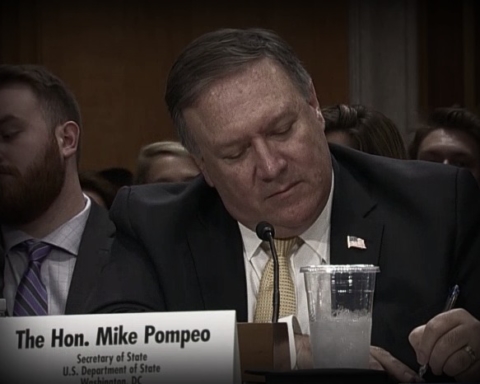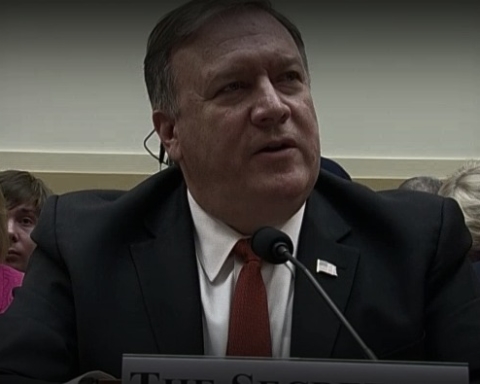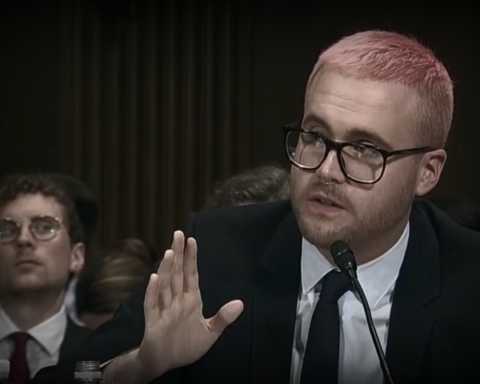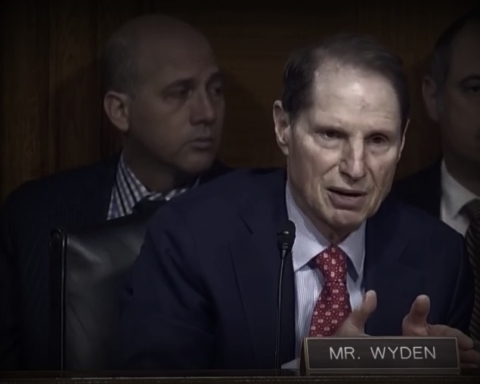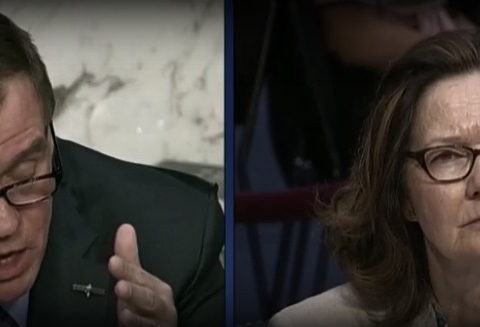The Drug Enforcement Administration is running a freewheeling confidential sources program that leaves the agency vulnerable to fraud and constitutional abuses, according to an audit by the Department of Justice’s Inspector General (OIG).
While DEA officials boast that the use of informants is the “bread and butter” of their enforcement, the agency does not adequately oversee their activities. Nor does it sufficiently track the payments made to them, the investigation found.
The lack of oversight, according to the report: “exposes the agency to an unacceptably increased potential for fraud, waste, and abuse, particularly given the frequency with which DEA offices utilize and pay confidential sources.”
Over the last five years, the DEA has employed more than 18,000 sources, paying them roughly $237 million. The inspector general stated, however, that the agency is unable to analyze the quality of information they provide.
“Because DEA’s files do not detail the universe of information provided by its sources, it is unable to examine their reliability and whether they frequently or rarely provide useful information, or whether the information DEA agents acted upon resulted in identifying individuals involved in illegal activity or instead caused DEA to regularly approach innocent civilians for questioning,” the DOJ watchdog reported.
Similar findings were contained in a more limited audit released last July by the OIG. It was noted at the time that the probe was incomplete and “seriously delayed” by DEA stonewalling.
The latest report, released on Thursday, adds to the concerns raised by the OIG last year.
Included among those findings was the fact that the DEA has employed sources who had previously been deactivated for committing serious crimes or lying to investigators. Although it’s against agency policy to bring terminated informants back into the field, the watchdog found several instances where this rule was violated.
In one instance, an individual was reactivated after making false statements in court. He was then paid nearly a half million dollars over five years before once again being terminated for lying to a federal prosecutor.
Concerns were also raised about the DEA’s reliance on “Limited Use” sources. Under DEA policy, these so-called tipsters are supposed to operate without DEA direction, and only volunteer information to the agency. The majority of the confidential tipsters worked in the travel industry or package delivery—jobs that give them access to passenger information and private establishments.
The OIG found, however, that limited use sources were among the highest paid informants, with 477 individual tipsters collecting more than $26 million over the last half-decade.
“[T]he DEA’s reliance on Limited Use confidential sources to accomplish interdiction operations, the DEA’s direction and guidance to these sources, and the DEA’s long-term and lucrative relationships with these sources calls into question whether the source is truly providing information independently or is acting as DEA’s agent,” the OIG stated.
“The latter of which could have implications relating to compliance with the Fourth Amendment’s protections against unreasonable searches and seizures,” the report added.
In addition, the OIG said that it was “extremely concerned” to learn that the DEA allowed its confidential sources to subcontract work. Such activity, the watchdog warned, could lead to unauthorized illegal behavior that could jeopardize the safety of informants and agents. It could also expose the agency and the entire to DOJ to “significant liability” that could impact prosecutions.
“The totality of these deficiencies highlight significant concerns related to the adequacy of the current policies, procedures, and oversight associated with the 47 DEA’s Confidential Source Program,” the OIG concluded, before making a number of recommendations to the agency.
In a letter sent to the OIG, the DEA responded to the report’s findings, claiming that “steps have been taken to mitigate identified risks.” The letter also noted that in July 2016, the DEA issued new guidelines within the confidential sources program that address most of the concerns raised by the OIG in last year’s report and the current findings.

